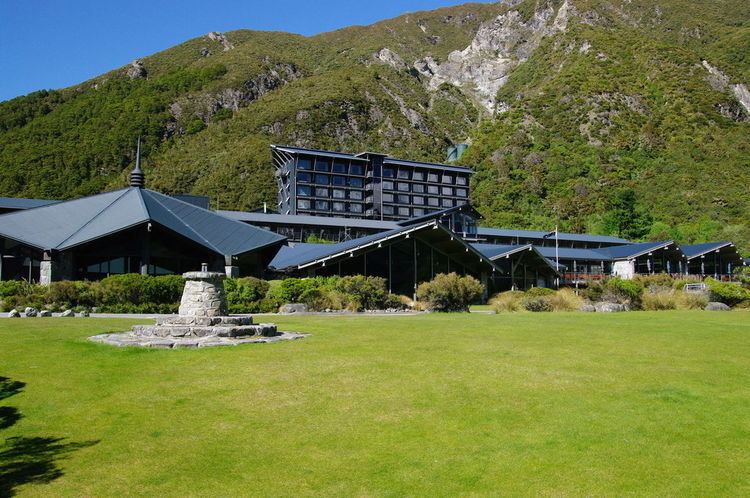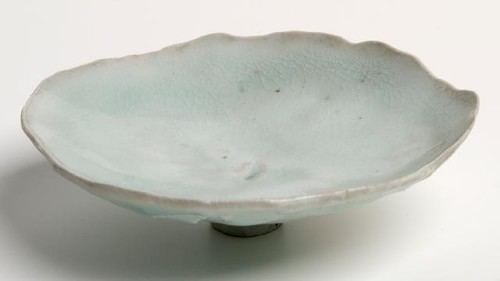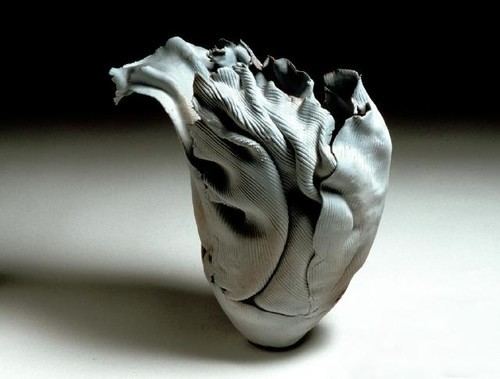Known for Architecture, pottery Name David Brokenshire | Education University of Auckland | |
 | ||
Full Name David Serpell Brokenshire Died April 26, 2014, Christchurch, New Zealand | ||
David Serpell Brokenshire (28 April 1925 – 26 April 2014) was a New Zealand architect and potter.
Contents

Early life

Born in Thames in 1925, the son of a plumber, Brokenshire entered the RNZAF in 1943. He saw active service in the Pacific, and attained the rank of flying officer in 1945.
Architecture
In 1946, he began studying architecture at the Auckland University College School of Architecture, graduating in 1952. He worked briefly for the Christchurch City Council before working with Dunedin firm Miller, White and Dunn on buildings at the University of Otago. He then moved to Christchurch-based architects Hall and Mackenzie, where he worked on the new Hermitage Hotel at Mount Cook Village, notably designing its octagonal restaurant, and various buildings for the new Ilam campus of the University of Canterbury, including the registry.
Pottery
He started working with pottery in 1951, alongside his wife Noeline, and became a full-time potter in 1979. He began potting by throwing on a wheel but following a workshop with Patricia Perrin in the early 1960s, who was teaching a hammer and anvil technique using large-scale coils, Brokenshire began making work through hand building. Hand building suited Brokenshire's architectural background, enabling him to build a piece steadily to whatever scale he desired. Brokenshire also incorporated Māori motifs into his work, including modelling some pieces on Māori anchor stones.
His work is held in the Museum of New Zealand Te Papa Tongarewa, the Christchurch Art Gallery Te Puna o Waiwhetu, and the International Museum of Ceramics in Faenza, Italy.
